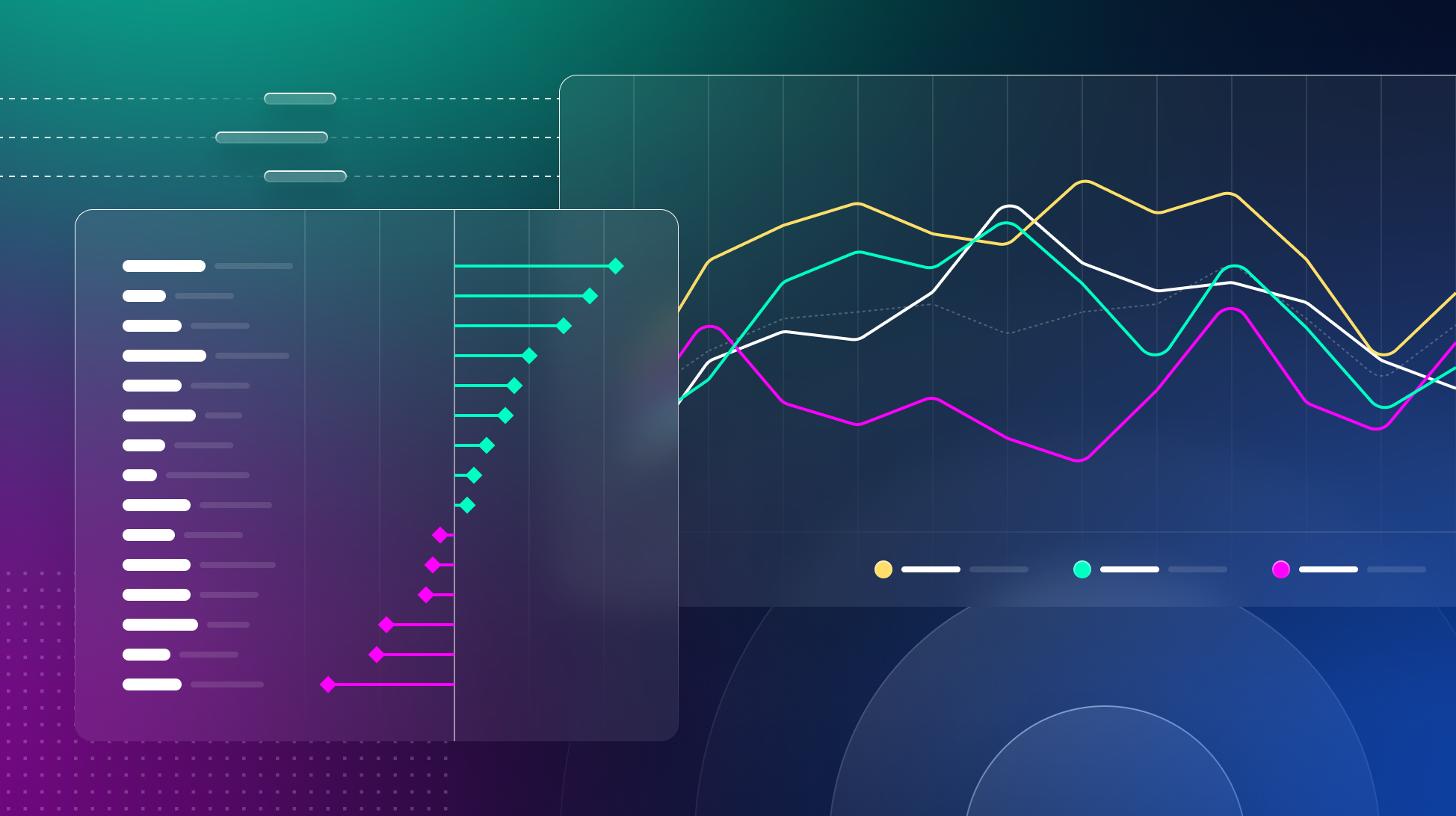
Design System Benefits: Enhancing Efficiency and Consistency in Your Workflow
Discover the key benefits of design systems in enhancing efficiency, consistency, and collaboration in your design and development workflow.
In today's fast-paced digital environment, leveraging the benefits of a design system can significantly enhance your team's efficiency and consistency. Design systems serve as a single source of truth, streamlining design and development processes and fostering collaboration. Here are ten key benefits of implementing a design system.
Improved consistency across platforms
Consistency is crucial in creating a cohesive user experience. Design systems ensure that all elements across different platforms and products are uniform, enhancing brand identity and user satisfaction. By using a design system, teams can maintain visual and functional consistency, which is essential for building trust and recognition with users. This concept is explored further in our article on design system documentation.
Streamlined collaboration
A well-implemented design system fosters collaboration between design and development teams. It provides a common language and set of tools, which helps in reducing misunderstandings and streamlining the handoff process. This can be seen in the way Mews scaled their design system with Supernova, enhancing team synergy and project efficiency.
Accelerated development process
Design systems standardize components and guidelines, reducing the time spent on repetitive tasks. By utilizing a shared library of UI components, designers and developers can focus on innovation and solving complex problems. This acceleration in the development process leads to faster product iterations and quicker time-to-market, as demonstrated in our case study on design to code automation.
Enhanced scalability
As products grow, maintaining a consistent and scalable design becomes challenging. Design systems provide a robust framework that can easily adapt to new requirements and technologies, ensuring long-term sustainability. For organizations looking to expand their product offerings or enter new markets, this scalability is particularly important. Read about scaling accessibility through design systems for more insights.
Cost efficiency
By reusing components and reducing design and development time, design systems can lead to significant cost savings. This efficiency allows teams to allocate resources more effectively and focus on higher-value tasks, ultimately improving the overall financial health of the organization. Our article on building a business case for your design system delves deeper into the economic advantages of design systems.
Better user experience
A consistent and cohesive design leads to a better user experience. Design systems ensure that users have a seamless experience across different touchpoints, which can increase user satisfaction and loyalty. A well-crafted design system also allows for quicker updates and improvements based on user feedback. Explore how OneSignal established a single source of truth to enhance user experience.
Improved onboarding and training
New team members can quickly get up to speed with a well-documented design system. It provides clear guidelines and standards, which makes onboarding more efficient and reduces the learning curve. This ease of training helps in maintaining productivity even as teams grow. For tips on effective onboarding, see our guide on how to manage design tokens.
Facilitated design reviews
Design systems simplify the review process by providing a clear set of standards and components. This clarity ensures that feedback is more focused on functionality and user experience rather than design inconsistencies, leading to more productive review sessions and quicker approvals. Learn more about the importance of design system components for effective reviews.
Single source of truth
Design systems serve as a central repository for all design assets, guidelines, and components. This centralized approach reduces redundancy and ensures that everyone in the organization is on the same page. It also simplifies updates and maintenance, as changes made in the design system are automatically reflected across all products. Read how Supernova helps in maintaining a single source of truth.
Future-proofing design and development
By adopting a design system, organizations can future-proof their design and development processes. Design systems are built to be adaptable and scalable, allowing teams to easily integrate new technologies and trends. This forward-thinking approach ensures that products remain relevant and competitive in the long run. Discover more about the future of design tokens and their role in future-proofing your design strategy.
Conclusion
Adopting a design system brings numerous benefits, from improving efficiency and consistency to fostering better collaboration and scalability. To learn more about the practical implementation of design systems, explore our guide on design system documentation.
FAQs
What are the primary benefits of a design system?
Design systems offer improved collaboration, scalability, speed, consistency, and reduced technical debt, enhancing overall productivity and brand experience.
How do design systems improve collaboration?
They provide a centralized source of truth, ensuring all team members work from the same guidelines, which fosters better communication and teamwork.
Can design systems stifle creativity?
No, they provide structured boundaries that encourage innovation while maintaining alignment with brand and project goals.
How do design systems aid in onboarding new team members?
They offer immediate access to essential resources and guidelines, reducing the learning curve and helping new hires quickly become productive.
What impact do design systems have on technical debt?
They help minimize technical debt by providing a consistent framework, avoiding ad-hoc solutions that lead to increased maintenance.
How do design systems enhance the brand experience?
They ensure a consistent and high-quality user interface across all touchpoints, leading to higher user satisfaction and brand loyalty.



